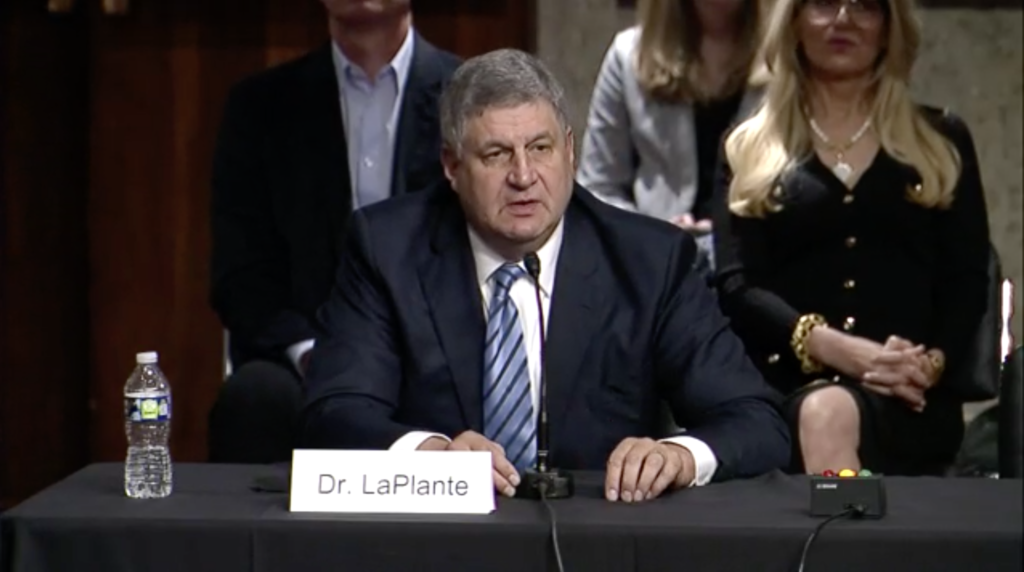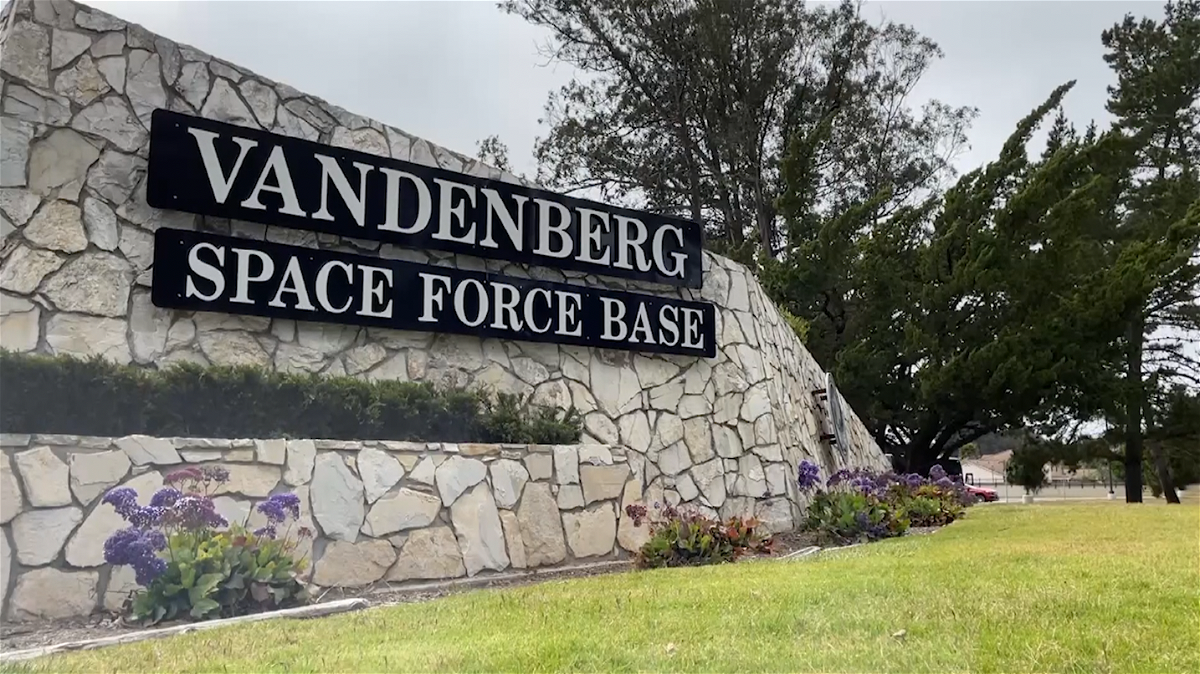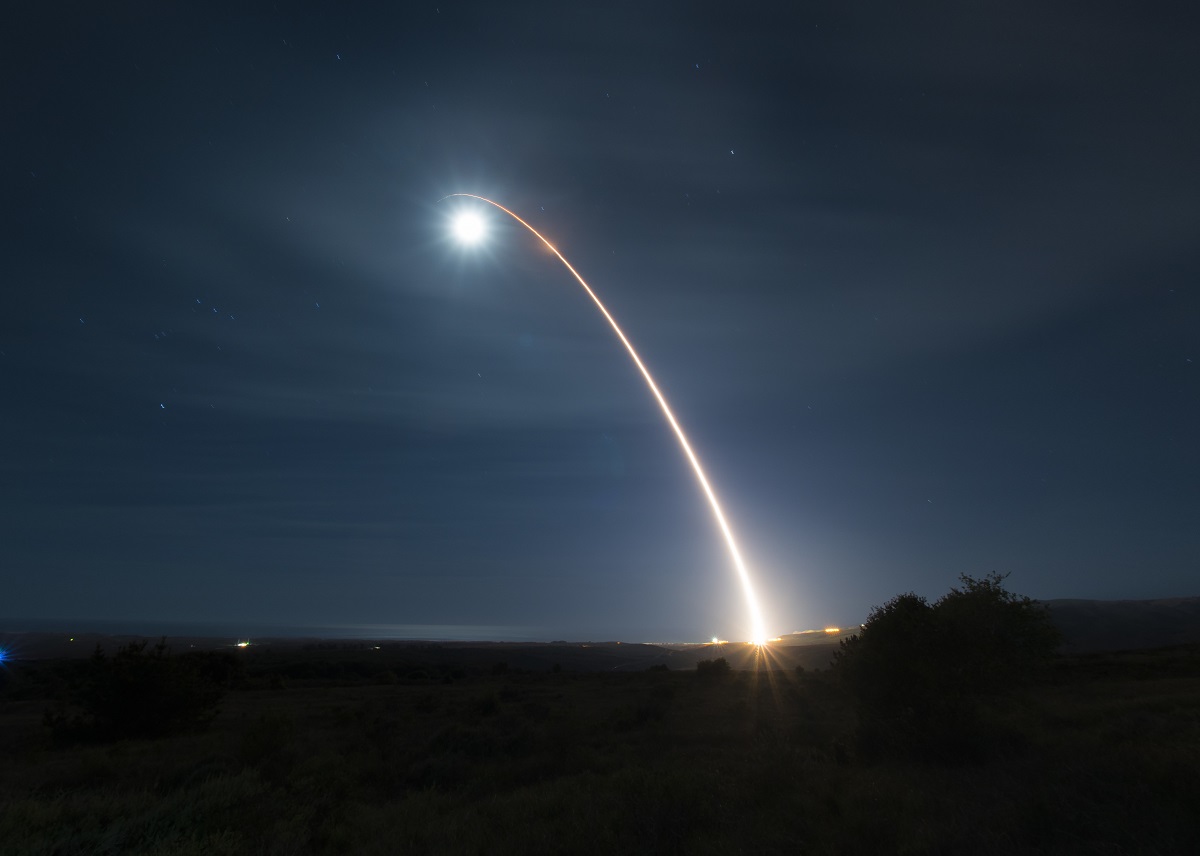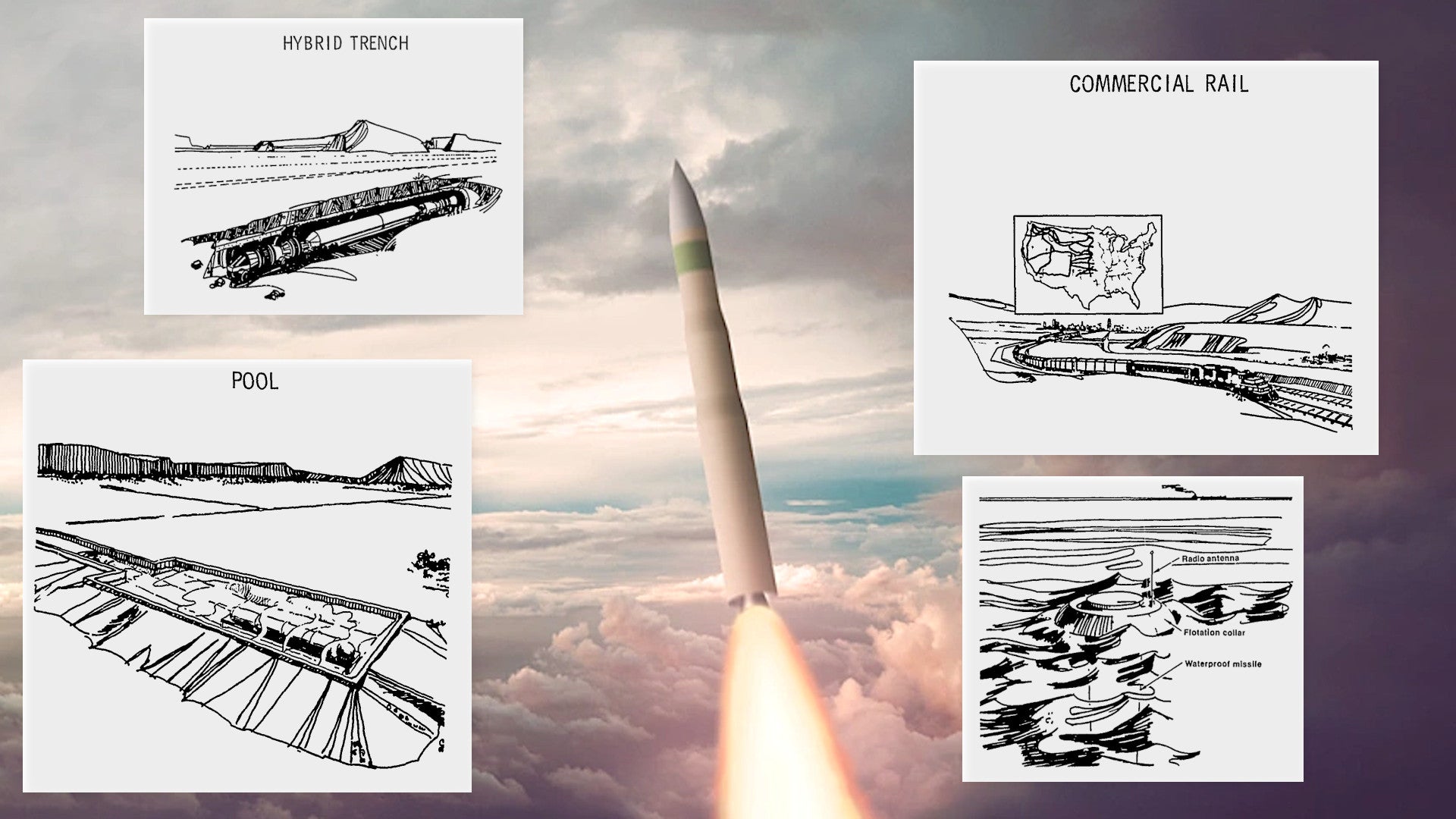- Joined
- 5 May 2007
- Messages
- 1,482
- Reaction score
- 2,858
Skipping from MQM-178 to AIM-260 did suggest that might already be the case, to be fair. It was at least possible that there were 80-odd classified designations, if unlikely.Looks like even the missile designation system is broken now too.
Notwithstanding silly designations, the USAF illustrations are interesting if accurate. They suggest that the missile may be installed in new, hot-launch siloes, with new launch control centres. That's a significant step away from Minuteman, and indicates substantially different missile capability and survivability.







